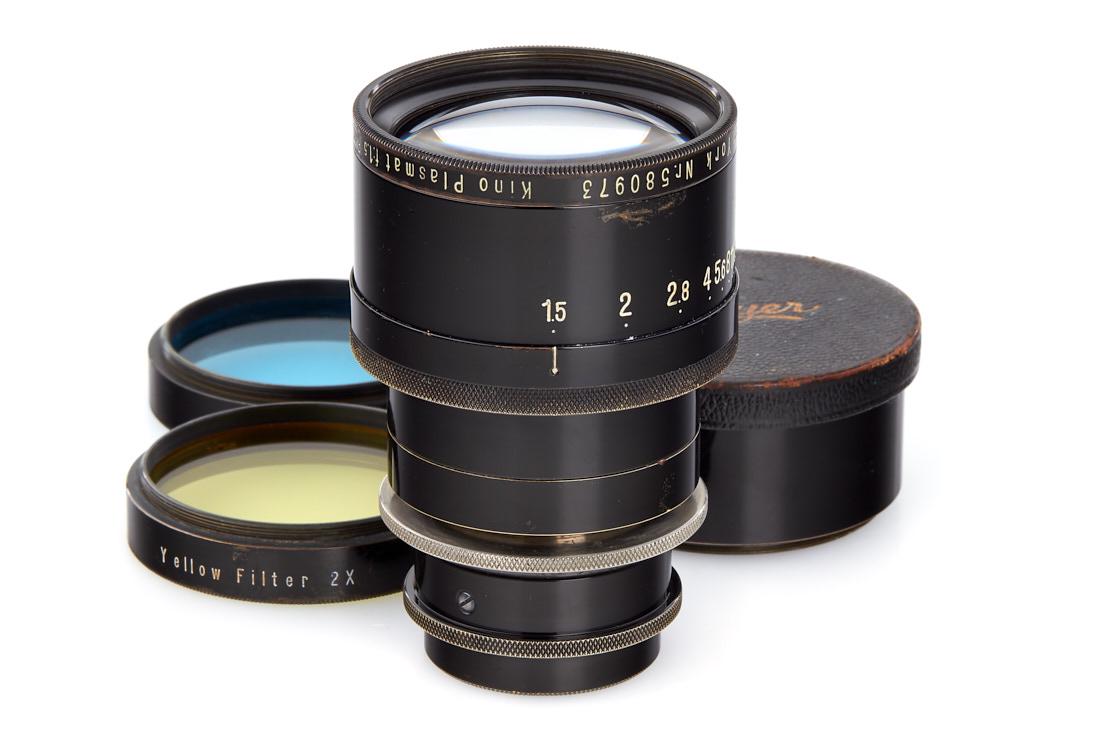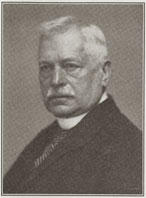
- #Hugo meyer c mount 1.5 serial number
- #Hugo meyer c mount 1.5 manual
Shopping for a vintage camera lens is much like shopping for a new product. What to look for when choosing a vintage camera lens Some vintage lenses will even perform some of the same electronic functions as their newer counterparts, like autofocus and lens correction. This adds a unique experience to capturing photos.
#Hugo meyer c mount 1.5 manual
Functionality: Many photographers choose affordable vintage lenses for the manual focus and aperture priority adjustments.You will find that most vintage lenses still use the same brand-specific mount types.

Brand: If you match the lens brand with your camera brand, it is likely the old camera lens will fit and work without any adapter.Simply match the adapter mount type with both your camera’s mount type and the desired vintage lens’ mount type. You can find a selection of vintage lens adapters on eBay. Adapter: Many adapters allow you to fit vintage lenses on digital cameras of differing brands.There are three main factors to consider when choosing a vintage camera lens to fit and use with your camera.

Choosing the right vintage lens to fit a digital cameraĬhoosing a vintage lens for a digital camera is easy when you know what to look for. Here is everything you need to know about making a vintage camera lens purchase on eBay. There are plenty of preowned vintage camera lenses to choose from on eBay.
#Hugo meyer c mount 1.5 serial number
s/n: Serial number of the best-known example, with the source shown as: (W) my own collection, (AR87) Aguila & Rouah book.Everything You Need To Know About Buying Vintage Camera Lenses on eBayĮvery photography enthusiast knows that a vintage camera lens can lead to a whole new spectrum of creativity. Notes: Here I am using some acronyms: OB (lens uses outer bayonet), Bel (bellows lens), TR (tripod ring), TM (tripod mount, non-rotating), Hd (detacheable hood), LM (light meter). Finish: Useful for identifying of different versions of a basically the same lens: Bk (black), BP (black plastic), Sv (silver: chrome, usually over aluminum or steel), A (aluminum), S (steel).ĭata on lens finish may be incomplete and sometimes inaccurate this is hard to avoid. For lenses without filter thread, B stands for bayonet P for the push-on filter size. Thr: The front filter thread, in millimeters. D: Minimum focus distance, in meters (converted from feet if necessary). Note that for some lenses which I did not try out myself, a M may be shown, while the lens is actually of the C type. The German terms are also shown above, as they are often used in various sources. A - automatic, Vollautomatische Sprigblende (VSB) or Vollautomatische Druckblende (VDB). S - semi-automatic, Spannspringblende (ASB). C - manual with click-stops, Rastblende (RB). M - manual, no clicks, German Normalblende (NB). Mx: The value to which the aperture closes. F#: Lens aperture usually as shown on the lens. If the value given on the barrel is in different units, it will be shown in Notes e.g., "5cm". This is approximate and sometimes hard to establish. Sometimes the same model name is shared between entirely different lenses e.g., 58mm and 75mm Biotar. Model: Lens name, usually as shown on the lens. A short form is used e.g., "Meyer" instead of "Hugo Meyer" or "Meyer-Optik Görlitz". Make: Lens manufacturer or distributor, usually as shown on the lens. The year shown is that of lens introduction on the market sometimes the first known listing in the literature, so that it should rather be treated as the lower limit. Versions differing only in finish (stripes, dimples) are not usually listed separately. Only lenses in Exakta/Exa mount are listed this includes also those using the external bayonet flange. At this early development stage stage it contains only some of the lenses in my collection, and those listed in the Aguila & Rouah books (A&R 2003, A&R 1987). 
This is a very incomplete list of lenses available in Exakta mount.







 0 kommentar(er)
0 kommentar(er)
